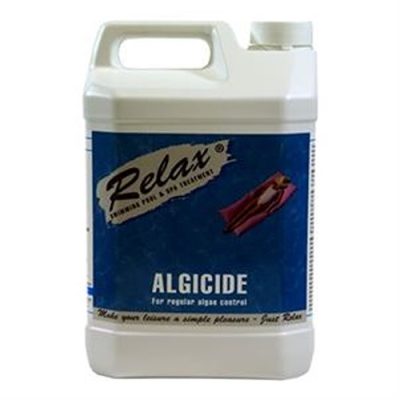Pool maintenance is associated with numerous false beliefs that people believe. Such false beliefs cause improper care and wasted time together with avoidable expenses. You will prevent many headaches and achieve optimal pool condition by understanding actual pool care principles. The following post debunks popular swimming pool myths and offers essential information for effective pool maintenance.
The most common Myths….
1. Myth: Chlorine is Harmful to Your Skin
Safety in your pool depends on chlorine because it kills dangerous bacteria. The safe range for chlorine concentration in pool water is between 1-3 ppm. When people experience skin problems it is usually because the water balance is not correct rather than because of chlorine.
Prevention Tips: The pH should be maintained at 7.2-7.6 and chlorine concentration between 1-3 ppm to stop skin irritation. Before swimming you should shower to remove oils and lotions which could have negative interactions with pool chemicals.
2. Myth: You Don’t Need to Clean a Saltwater Pool
The lower maintenance aspect of traditional chlorine pools does not mean saltwater pools need no maintenance. The chlorine produced by salt systems necessitates continued water testing and filter maintenance.
Regular maintenance includes cleaning the salt cell every 3-4 months while performing pool vacuuming to stop algae growth. Test the water chemistry weekly.
3. Myth: You Can Swim Right After Adding Chemicals
After adding chemicals to your pool you must let them disperse and balance the water before swimming. Swimming at this moment risks exposing people to dangerous chemical concentrations.
The pool should be avoided for thirty minutes to an hour after chemical additions such as chlorine or algaecide. The minimum waiting time for pH adjustments should be 4 hours.
4. Myth: Pool Algae is Unavoidable
A combination of suitable water chemistry and frequent maintenance procedures enables you to prevent algae growth. The proper maintenance of chlorine concentrations combined with scheduled algaecide applications will stop algae from growing in your pool.
Prevention Tips:
Shock the pool weekly, especially during high-use periods.
Use an algaecide as a preventive measure.
Regular brushing and vacuuming of the pool will help stop algae from forming attachments to its surfaces.
5. Myth: More Chemicals = Cleaner Pool
A higher amount of chemicals does not automatically result in a cleaner pool. Excessive chlorine addition leads to skin discomfort and deterioration of pool structures along with equipment malfunction.
The recommended dosing instructions for your pool size should be followed at all times. Use the test results to decide your chemical additions before putting them in the water.
Summary:
The understanding of common pool myths will help you care for your pool better while saving time and preventing expensive errors. You should use facts together with testing methods for pool maintenance purposes. The spread of incorrect information should not prevent you from achieving a clean and enjoyable pool experience. Your pool maintenance efficiency will improve when you gain the correct knowledge about pool maintenance.
Some products you might be interested in:
